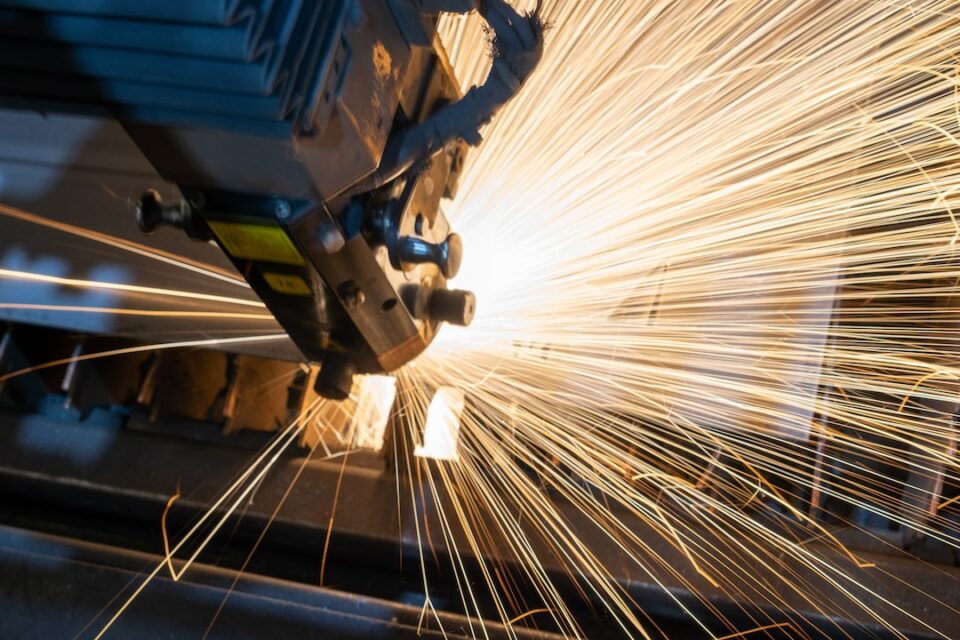The rapid advancement of technology has brought us into the era of connected manufacturing, where machines, systems, and networks are seamlessly linked together. This has unlocked immense potential for increased productivity and efficiency in the manufacturing sector. However, with this paradigm shift comes a new set of challenges, particularly in the realm of cybersecurity. In this blog post, we will delve into the cybersecurity challenges faced by the manufacturing industry in this connected age.
One of the most significant cybersecurity challenges in connected manufacturing is the increased vulnerability to cyber-attacks. Connected manufacturing systems rely on interconnected devices and networks, which means that any vulnerability in one part of the system can potentially compromise the entire network. Cybercriminals are constantly evolving their tactics and techniques to exploit these vulnerabilities, making it a constant battle for manufacturers to stay one step ahead.
Connected manufacturing systems generate and store massive amounts of data, including sensitive and proprietary information. This data can be a prime target for cybercriminals, who seek to leverage it for financial gain or to gain a competitive advantage. Protecting this data from unauthorized access, leakage, or manipulation is of utmost importance, but it poses a significant challenge. Manufacturers must employ robust encryption, access control mechanisms, and data loss prevention measures to safeguard their valuable data assets.
Another challenge in connected manufacturing is the integration of legacy systems into the connected ecosystem. Many manufacturing facilities are still reliant on older, legacy systems that were not designed with cybersecurity considerations in mind. These legacy systems often lack the necessary security protocols and may have vulnerabilities that can be exploited by cybercriminals. Retrofitting and securing these systems can be a complex and costly process, requiring a careful balance between security and operational continuity.
One of the critical components of connected manufacturing is the Industrial Internet of Things (IIoT), which refers to the network of physical devices, sensors, and software that communicate and exchange data with each other. While IIoT brings greater automation, efficiency, and real-time data analysis, it also introduces new avenues for cyber-attacks. The sheer number of devices connected to the network expands the attack surface, making it harder to monitor and secure every entry point.
Additionally, the proliferation of connected devices and sensors in a manufacturing facility means that there are more potential points of entry for cybercriminals. From smart sensors on the production line to connected machinery operating in real-time, each device presents a potential vulnerability. Manufacturers need to implement robust security measures, such as firewalls, intrusion detection systems, and continuous monitoring, to mitigate these risks effectively.
Another significant cybersecurity challenge in connected manufacturing is the lack of awareness and preparedness among employees. Cybersecurity is not just an IT issue; it is a company-wide responsibility. However, many employees may not be adequately trained to recognize and respond to cyber threats. With phishing attacks becoming increasingly sophisticated, it is crucial for manufacturers to invest in comprehensive cybersecurity training programs to educate their workforce and foster a culture of security awareness.
Lastly, the interconnected nature of the manufacturing supply chain poses cybersecurity challenges. Manufacturers are often part of a complex network of suppliers, partners, and contractors, who all have access to their systems and data. Ensuring the security of the entire supply chain is essential, as a vulnerability in one link can have far-reaching consequences. Strong vendor management practices, regular security audits, and adherence to industry-wide cybersecurity standards can help mitigate these risks.
In conclusion, while connected manufacturing unlocks numerous benefits for the industry, it also introduces new cybersecurity challenges. Manufacturers must stay vigilant, continually updating their security measures to keep up with the evolving threat landscape. By prioritizing cybersecurity and investing in robust systems, training, and collaboration, manufacturers can ensure that they reap the benefits of the connected age without compromising the security and integrity of their operations.


